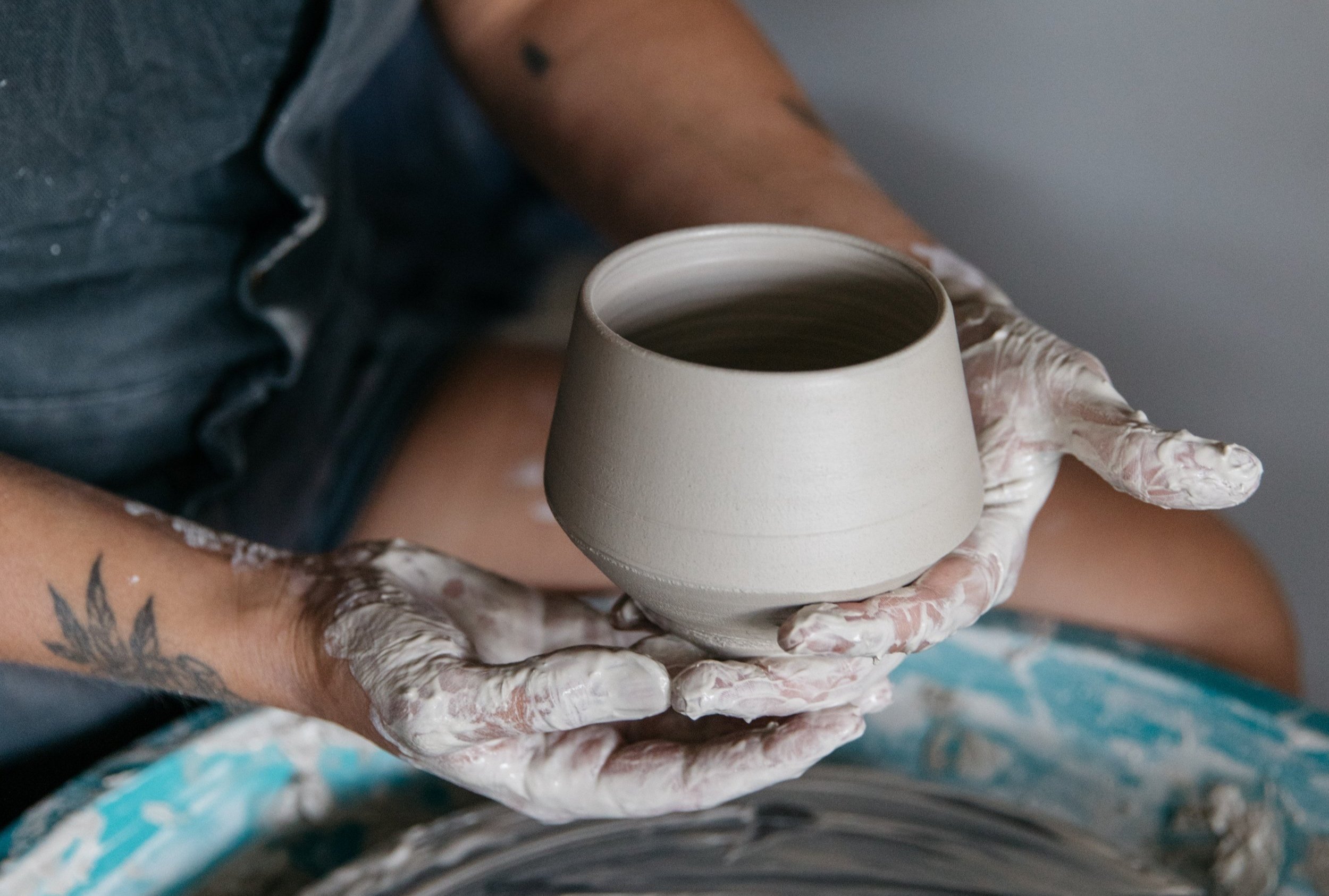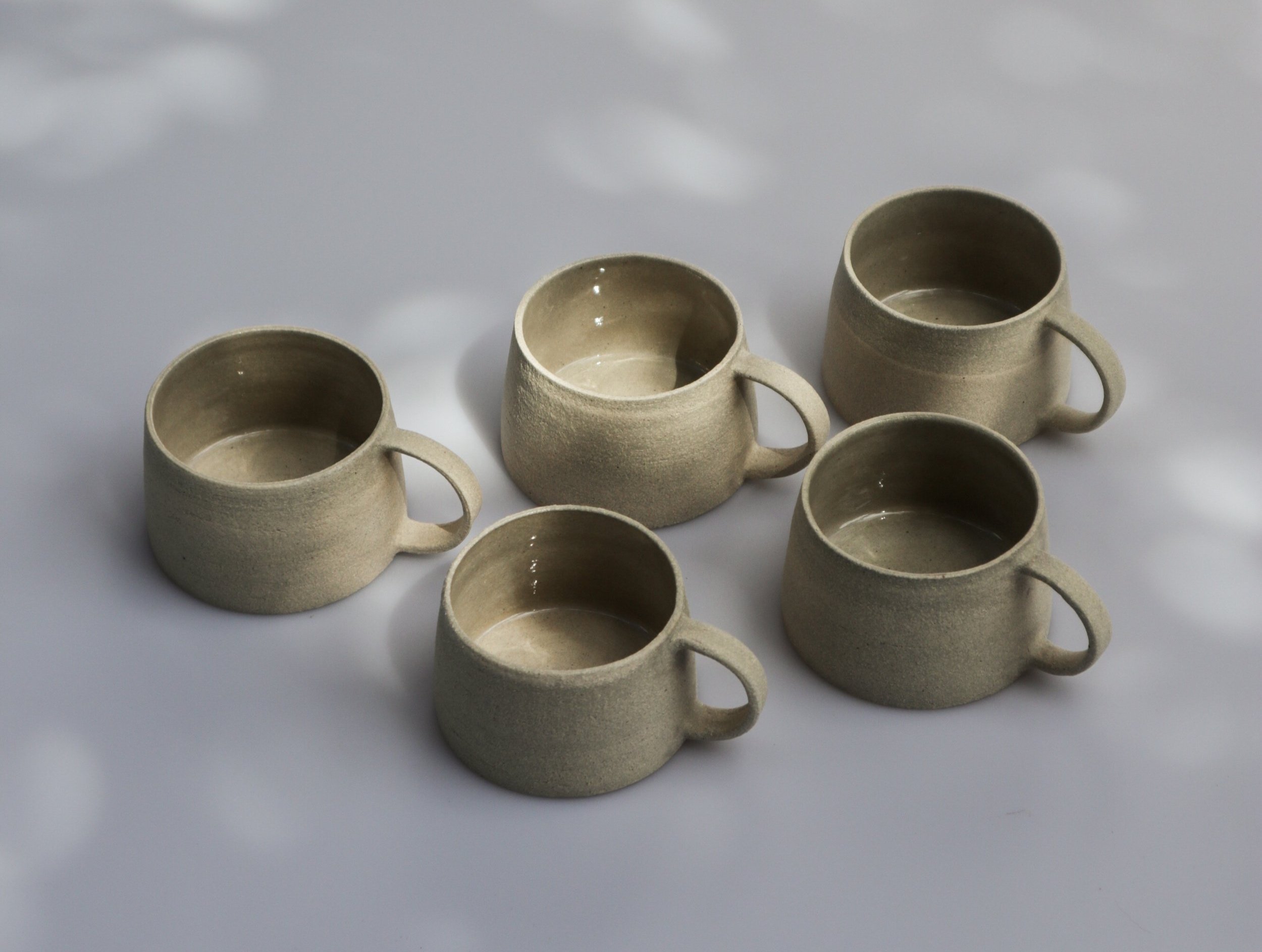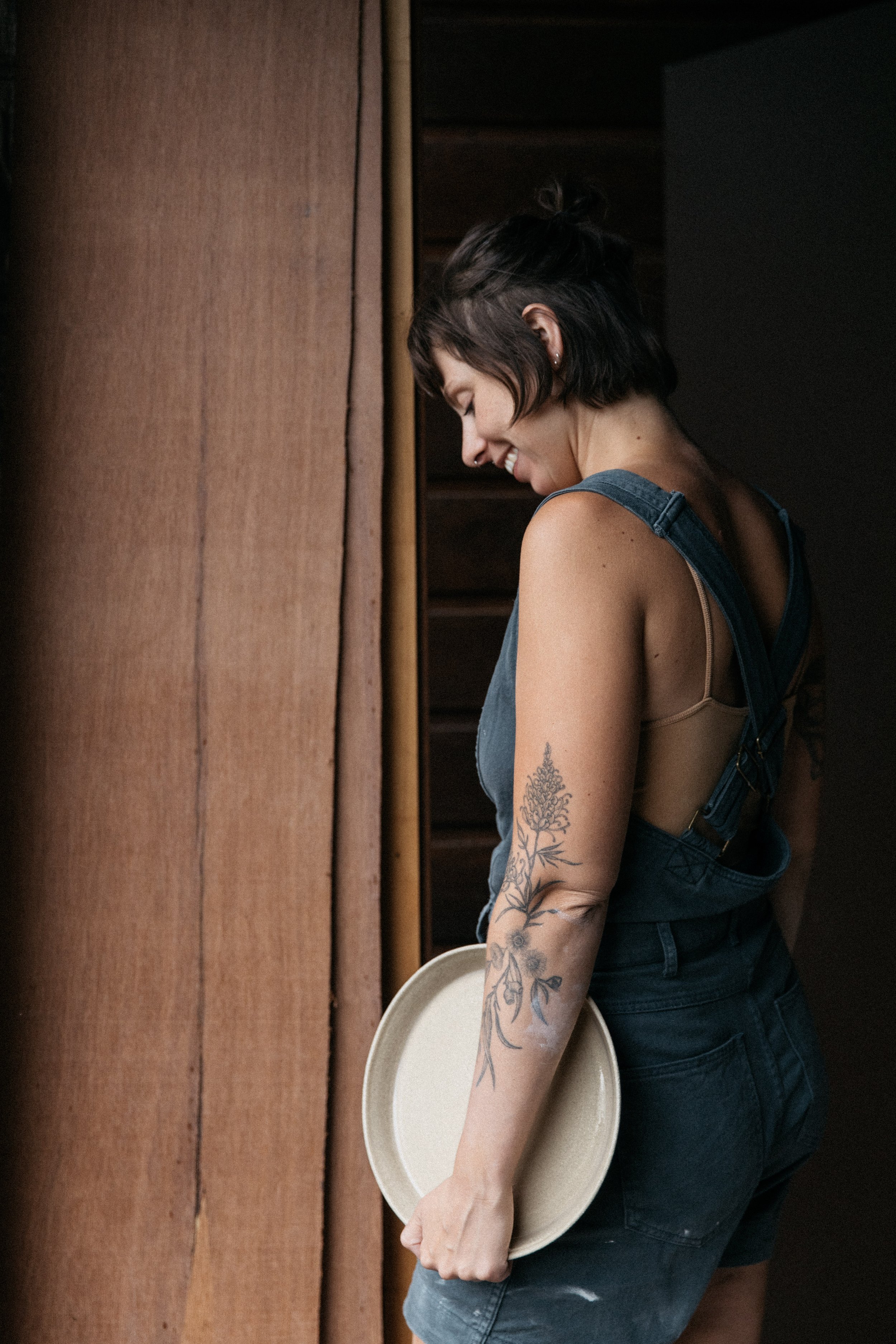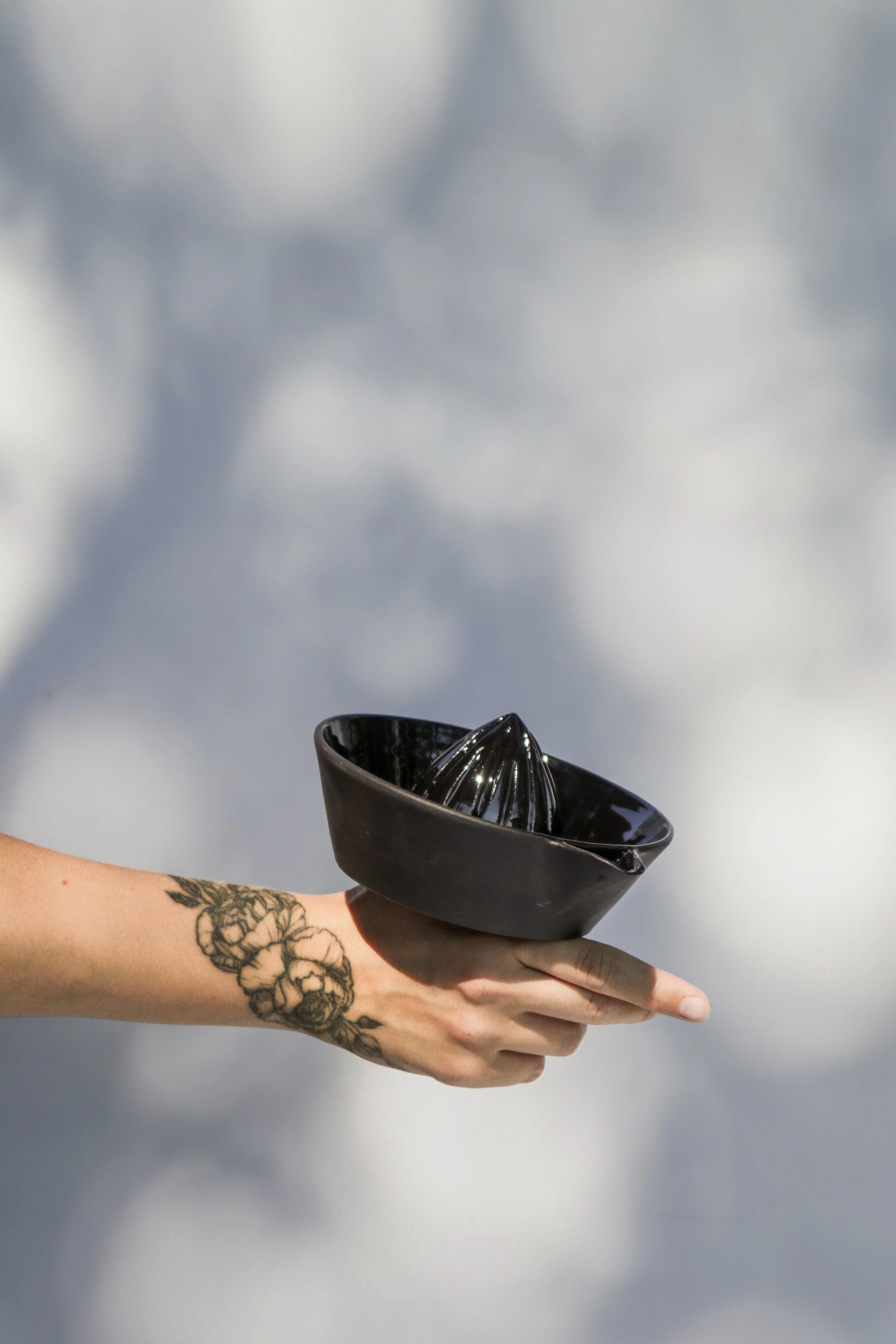Creative Curiosity with Magali De Moor
Magali De Moor is a Belgian small-batch designer based in Northern NSW whose creativity is fuelled by curiosity.
Words: Cardia Speziale I Photography: Neela Shearer
Ceramic artist, Magali De Moor, is based in Northern Rivers of New South Wales. Photo: Neela Shearer
‘I meticulously document every step of my wheel-throwing process and measure every length to maintain precision,’ says Magali De Moor. Photo: Neela Shearer
‘Small batch production aligns with a desire to inspire others to break free from the throwaway culture, invest in items that have enduring value, and credit the real makers behind the work,’ says Magali De Moor. Photo: Courtesy of Magali De Moor.
‘Taking ideas out of my head and into the real world is where I learn and grow the most — it's a way to break free from the paralysis of analysis.’ Photo: Neela Shearer
Ceramic cups by Magali De Moor. Photo: Neela Shearer
Through minimalist forms, monochromatic pallets and wheel throwing methods, Magali De Moor’s work aims to reveal the true character of her artistic mediums. Drawing inspiration from a family of creative women in generations before her, as well as from the work of Romanian sculptor Brancusi and Austrian studio potter Lucie Die, these hand-built ceramics are a celebration of craftsmanship and an exploration of curiosity.
After completing her studies in visual arts and starting her career as a graphic designer, Magali quickly realised that a corporate nine-to-five wasn’t the right path for her and made the move from Belgium to the Northern Rivers of New South Wales.
‘I wanted something more tangible, something meaningful, and something that was truly mine,’ she says. ‘I found myself in a beautiful, remote part of the world, surrounded by natural beauty and with plenty time on my hands — this newfound space allowed me to reconnect the act of creation.’
With ceramics as her new canvas and the Australian landscape as a reliable and beloved motivator, the artist began to experience her discipline in a new light, something that she describes as ‘alive, tangible and significant'. The cohesion throughout her entire collection can be felt in the femininity and quiet confidence that each piece embodies.
In the studio, Magali’s process is one of problem-solving, playfulness, experimentation and patience. ‘I meticulously document every step of my wheel-throwing process and measure every length to maintain precision,’ she muses. ‘After a few days of drying, I carefully trim each piece to ensure an elegant base before they enter the kiln for initial firing and then again post-glazing.’ The entire process — indeed a labour of love — can take anywhere from 2-4 weeks, depending on weather conditions that can affect the speed at which the clay requires to dry completely.
With a belief in the importance of an aesthetic and energetically pleasing space to enable ample creative flow, small rituals such as brewing tea, lighting incense and turning on ambient lighting are all necessary ingredients for Magali to find a resolved outcome at the end of the day. ‘Another little secret to my creativity productivity is having a podcast playing in the background to break the silence,’ she reflects, ‘it’s like having chatty friends in the room without the pressure of needing to respond… it’s like a gentle comforting hum that accompanies me while I immerse myself in my craft.’
Drawn to the ‘meditative flow’ of the clay-making process, the artist shares that there’s no other activity in the world that offers the same sense of instinct and peacefulness; an experience where her mind switches off and hands show her the way. ‘My partner finds it in surfing, but I’m too busy trying to stay alive in the ocean so that doesn’t really do it for me,’ she smiles.
Specialising in small-batch production only, Magali views this decision as an act of rebellion that asks consumers and makers alike to slow down and focus on craftsmanship. ‘It’s an invitation to cherish our belongings,’ she says. ‘To see beauty in the everyday, and to recognise the value of objects that serve a genuine purpose and carry meaningful stories.’
Photo: Neela Shearer
‘It's a celebration of the artisans and craftspeople who pour their passion and expertise into each creation, ensuring that every piece bears not only their skill but also a piece of their heart and soul.’ Photo: Neela Shearer
“To get better at your craft, you have to embrace making mistakes and learning from them. The art of letting go is a valuable lesson I’ve gained through this journey.”












